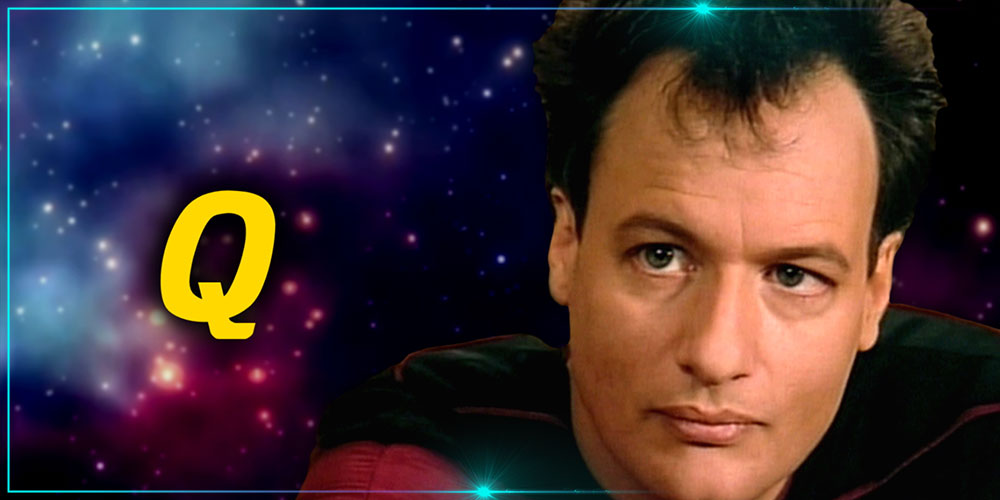Hey guys, Tyler here. The Q are one of the most powerful species in the Star Trek universe. First introduced in The Next Generation pilot “Encounter at Farpoint,” the Q possess seemingly godlike powers. Q has been shown manipulating the laws of time and space, creating grand illusions that are indistinguishable from reality, and testing the limits of human creativity…and patience.
The Q hail from a dimension known as the “Q Continuum,” but what are their true origins? Did they evolve from a familiar humanoid form like so many other aliens in Star Trek? How do their near-omnipotent abilities actually work, and what are their limits? And finally, what are the Q’s true plans for humanity according to the “never-ending trial” John de Lancie’s Q has been conducting for decades? Those are all questions I intend to answer in today’s video, so buckle up, we’re talking about the Q.
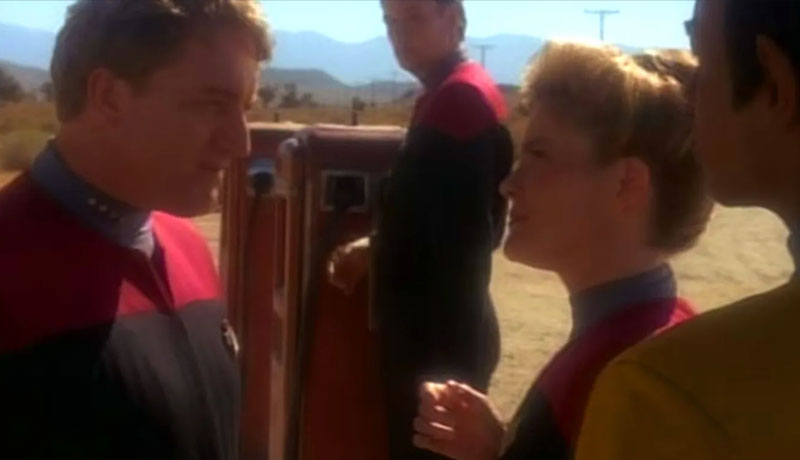
Abilities
Before we take a deep dive into the Q’s origins and history, a quick overview of their abilities can provide some context. Normally I’d offer a laundry list of what makes the Q unique, and there’s quite a bit that does, but the truth is, the full scope of their powers is not really known.
What the Q claim they are includes the following: that they’re omnipotent, omniscient, and immortal, among other things. No doubt, we see demonstrations of their sheer cosmic power on several occasions. They can traverse vast distances of space and time, including visiting realms outside the known universe. They can alter physical constants, change the orbits of planets and moons, create and destroy matter on a whim, and more.
De Lancie’s Q further states in the episode “Deja Q” that his species does not experience claustrophobia, being “too hot or too cold, growing feeble with age, losing [their] hair, catching […] disease, being ticklish, sneezing, having an itch, a pimple, bad breath…Having to bathe,” having to sleep, eat, or become seriously injured.
Now, much of this is probably true…but not all of it is. Indeed, the Q known as Quinn—a dissident in the Continuum—suggests that his people are not truly omnipotent. We see this demonstrated in the episode “Death Wish” in which Quinn, having lost interest in being immortal, tries to commit suicide—but he can’t do it in his natural form, so he must ingest poison as a humanoid so he can finally die.
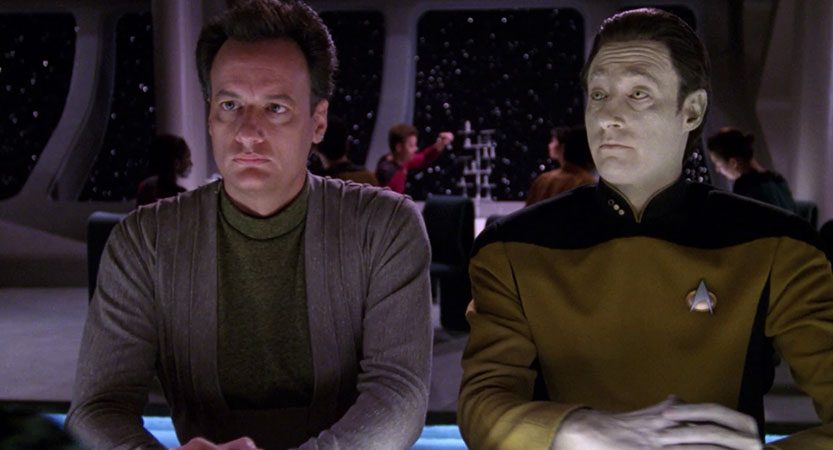
This raises lots of questions about what else the Q can’t do. Indeed, I haven’t really talked much yet about their knowledge of the future. In my estimation, while the Q are aware of various possible futures much like the Sphere Builders from Star Trek: Enterprise, I think it’s fair to say they don’t know exactly how things will play out.
They still perceive time linearly. And just as their inability to commit suicide means they’re not truly omnipotent, their ability to be surprised means they’re not truly omniscient either. There are at least two major examples of this. One is when Q is surprised that the USS Voyager has become stranded in the Delta Quadrant, saying that Starfleet was not “supposed to” visit that region of the galaxy for another century.
Another is when the members of the Q Continuum express that they have no idea what would happen if one of their own were to die—that it could cause chaos in the Continuum. And, in fact, this is what actually happens after Quinn commits suicide—the Continuum descends into a destructive civil war. But how is it that they got to be this powerful in the first place?
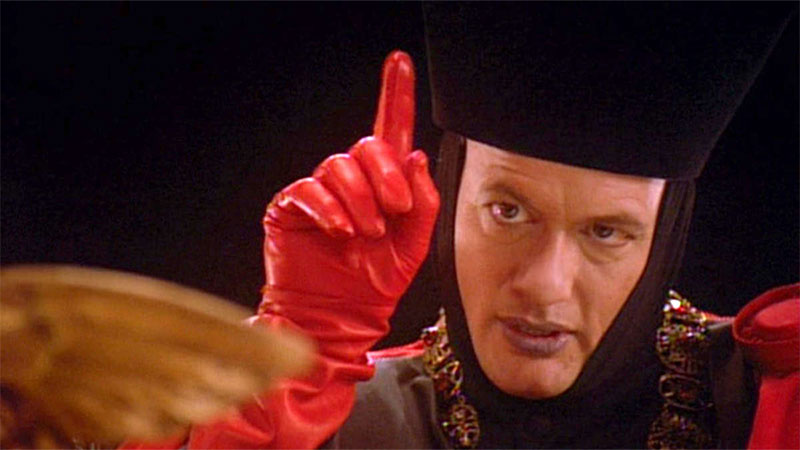
Origins
In canon, it’s not entirely clear when the Q first came into existence—particularly when their supposed corporeal ancestors first evolved. It’s believed that they may have originated as humanoids, not unlike many of the other intelligent species in the galaxy, who arose from a genetic code seeded by the Progenitors 4.5 billion years ago.
Quinn states in the Voyager episode “The Q and the Grey” that this is how their species began—that is, at least like humanoids—while de Lancie’s Q states the Q have always existed. But, given the nature of their ability to exist across time and space, this isn’t necessarily contradictory.
You see, the Q’s ancestors could have evolved at any time in the history of the universe—be it billions of years in the past or trillions of years in the future—but once they became advanced enough to transcend the normal bounds of spacetime, inhabiting an alternate plane that became the Continuum, they would have been able to “access” any point in time because they shed this limitation.
This is how Q and female Q would have been able to begin their romantic relationship four billion years ago, and how the Q could have had some kind of presence dating back to the Big Bang—the Q predate their ancestors from our perspective, but not necessarily from theirs.
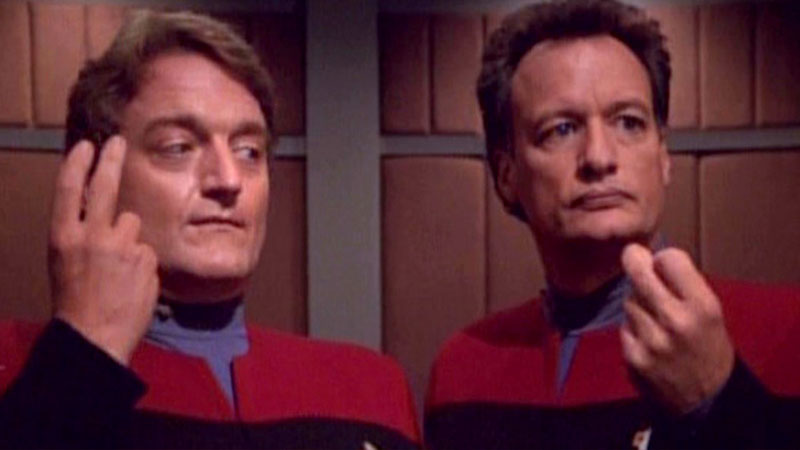
But what evolutionary path could have taken the Q from being material life forms to becoming extradimensional? Well, that’s also quite hard to say, but there are a number of conclusions we can draw from their most apparent attributes. Many have noted that the Q fit the description of a Type V civilization on the Kardashev scale.
What is the Kardashev scale, you ask? Well, it’s a method of measuring a civilization’s technological level based on how much energy they can harness at certain scales. Developed by Soviet astronomer Nikolai Kardashev in 1964, the original scale has three levels: Type I, Type II, and Type III.
A Type I civilization can harness the entire energy output of their home planet. A Type II civilization can harness the entire energy output of their solar system. And a Type III civilization can harness the entire energy output of their host galaxy. Humanity is currently more of a Type 0 civilization since we have only been able to use and store a fraction of Earth’s geothermal energy.
But in Star Trek, the Federation would be more like a “Type two and a half,” since their civilization can use and control the total energy output of a collection of star systems. This also describes other major powers in Star Trek like the Klingons, the Romulans, the Dominion, and the Borg.
But the Q are way beyond Type III—they may be a Type IV or Type V civilization. Michio Kaku has theorized that the former extension, Type IV, could describe civilizations that harness extragalactic energy sources like dark energy. Type IVs would control the entire universe, while a Type V could control a collection of universes.
While it’s not apparent how much domain the Q have over the multiverse, at the very least, they can manipulate the nature of one observable universe—the Prime Timeline. Thus, as social scientist Zoltan Galantai has written, such a civilization could not be easily detected as their activities would be indistinguishable from the everyday workings of nature.

Of course, it should be noted that many consider the Kardashev scale to be somewhat archaic due to its focus on energy production rather than the manipulation of increasingly smaller quanta of reality itself. This is more in line with what we know about the Q—that they’re capable of creating and destroying matter and ripping holes in the fabric of spacetime. The energy issue is why cosmologist John D. Barrow has proposed an alternative scale that extends downward from “Type I-minus” to “Type Omega-minus.”
Type I-minus can work with macro-scale objects, such as building structures; Type II-minus can alter living beings’ genetic code; Type III-minus can make or break molecular bonds; Type IV-minus can harness atoms to create nanotechnologies and artificial life; Type V-minus can manipulate the atomic nucleus; Type VI-minus can employ the most elementary particles to create organized complexity, and Type Omega-minus can change the basic structure of space and time.
Under this classification system, humanity is approaching Type IV-minus status, while the Q can be argued to neatly fit into the Type Omega-minus status. Much like other noncorporeal species such as the Organians, the Metrons, and perhaps even the Prophets, one possible evolutionary path for the Q may have been advancing from an industrial society to conducting engineering on increasingly smaller scales of the universe. Eventually, after perhaps thousands, millions, or even billions of years, they would figure out a way to manipulate the wave functions of the atoms in their own bodies—perhaps also disconnecting their consciousnesses in the process—in order to “ascend” to a new plane of reality.
what would become the Q Continuum? Here, they would take on a form that is incomprehensible to three-dimensional brains and would begin to experience billions of years of history starting from the Big Bang—possibly even before. After a while, though, they’d create a stagnant culture where everything interesting that can be said and done has been said and done—that is, until Quinn stirs things up with his whole “I don’t want to live forever anymore” thing.
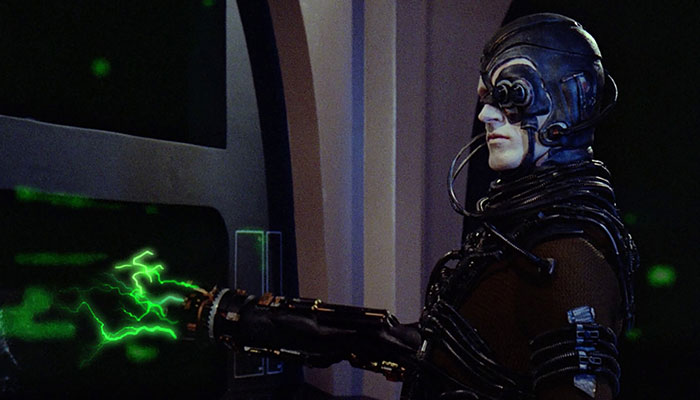
The Q and Humanity
Humanity has always been a curiosity for at least one Q, Q—de Lancie’s Q. Making official first contact with the Federation in 2364, he proceeds to put humanity “on trial” for “being a grievously savage child-race.” He visits the Enterprise-D a total of seven times.
During one of these visits in 2365, he prematurely introduces Starfleet to the Borg—this first encounter occurs, in the words of Guinan, “much sooner than it should have.” This means that Q has invariably altered the fate of the Prime Timeline. As Picard notes at the end of the episode “Q Who?” this may have been an example of Q doing “the right thing for the wrong reason,” giving Starfleet “a kick in [their] complacency” to prepare them for what would lay ahead.
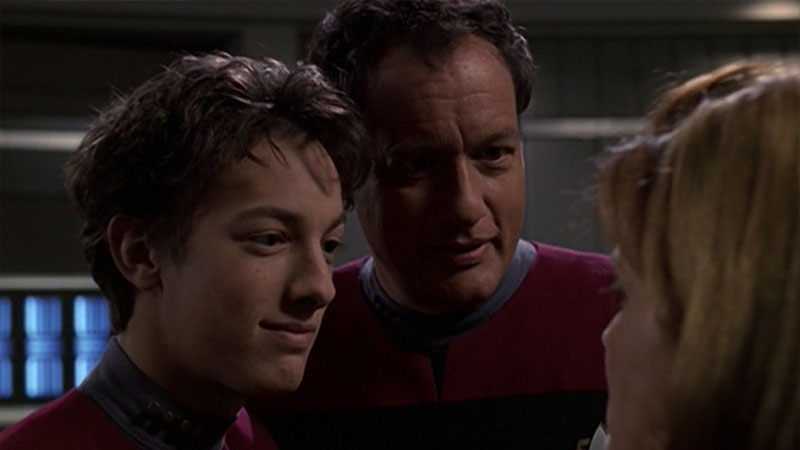
Indeed, the Q and humanity have an intricately woven relationship with each other that begins to manifest during the mid-to-late 24th century. Not only does Q conduct a trial on humanity, but humanity influences Q history. The Q Civil War sparked by Quinn’s death is, naturally, fought between two sides: conservatives who fear the influence human compassion and curiosity has had on the Q’s timeless, stable, and apathetic society, and liberals who seek to revitalize their society by continuing contact with other species.
While many Q view humans and other corporeal life forms as next to non-entities, the way a person might look at an amoeba, other Q see the potential in humanity. Indeed, various Q have commented on how humans might one day become like them.
This has led some fans to theorize that the Q are future humans—a strong claim to be sure, and one that isn’t really entertained in any licensed media. For one thing, the fact that Q can not only alter the timeline without grave concern and simultaneously be surprised by other human actions indicates to me that the Q have likely always been a separate species.
In this way, humanity is a curiosity for them not because they’re the Q’s ancestors but because they see humanity’s potential to one day rival their own power. How long will it take for humanity to reach this level of development? There’s really no way to tell, but as Q has said on multiple occasions, “the trial never ends.”
Watch The Latest Video By Orange River Media Below
Thank you all so much for watching this video. The Q are a topic I’ve been wanting to tackle for a long time. And of course, this is only a fraction of the information we know about the Q, so you may see more about them in the future on this channel. In the meantime, if you enjoyed this video, be sure to leave a thumbs up down below and don’t forget to share it. That stuff really helps me out. If you haven’t subscribed yet, be sure to do that as well so you won’t miss future uploads
If you want to support my work even further, becoming a patron at patreon.com/orangeriver is a great way to do so…
I’ll see you in the next video…live long and prosper.
You can find Orange River Media at the links below
- YouTube: https://www.youtube.com/orangeriver
- Twitter: https://www.twitter.com/orangerivernw
- Instagram: https://www.instagram.com/orangeriver.nw
- Facebook: https://www.facebook.com/orangerivernw
- Patreon: https://www.patreon.com/orangeriver

